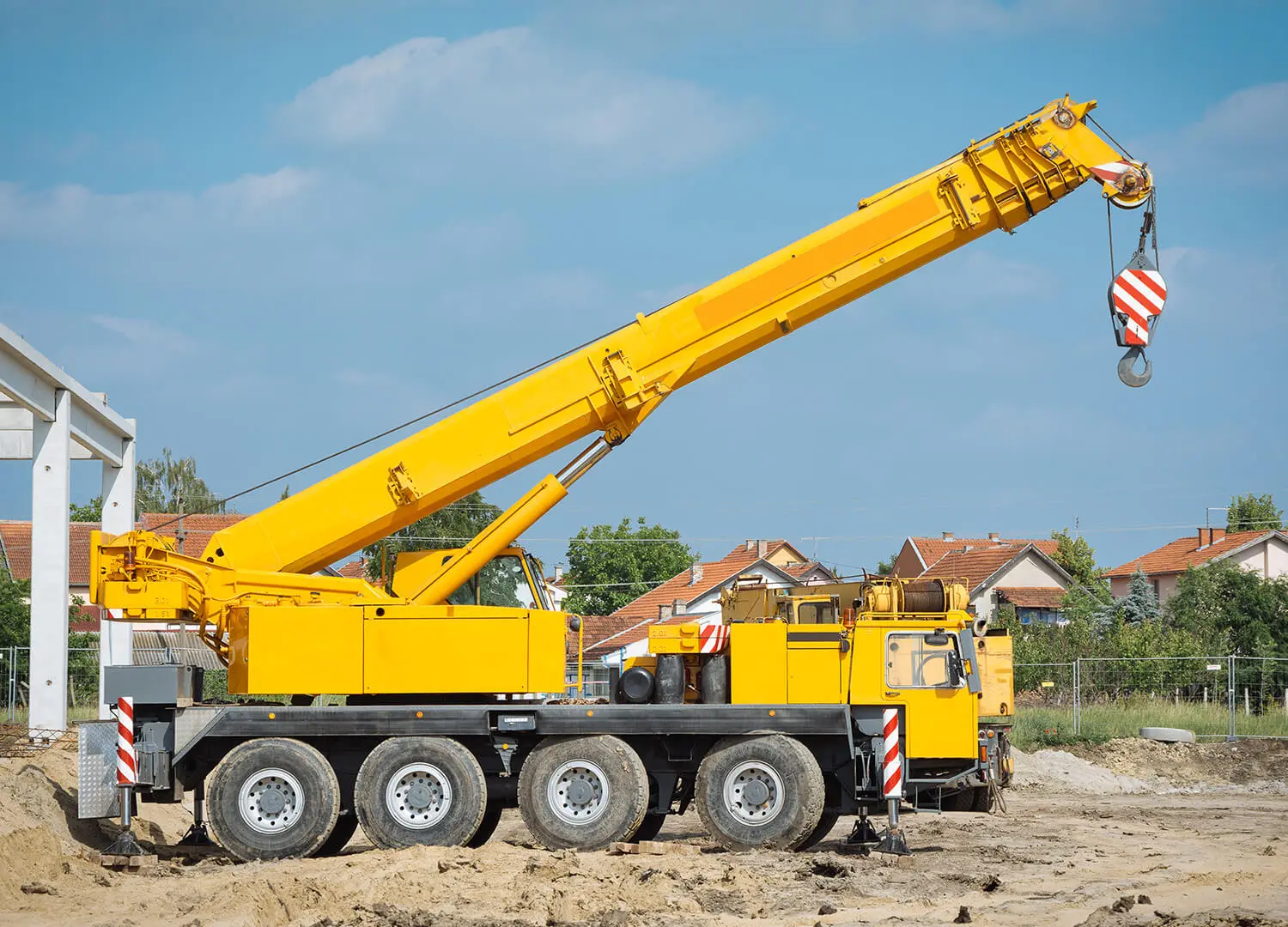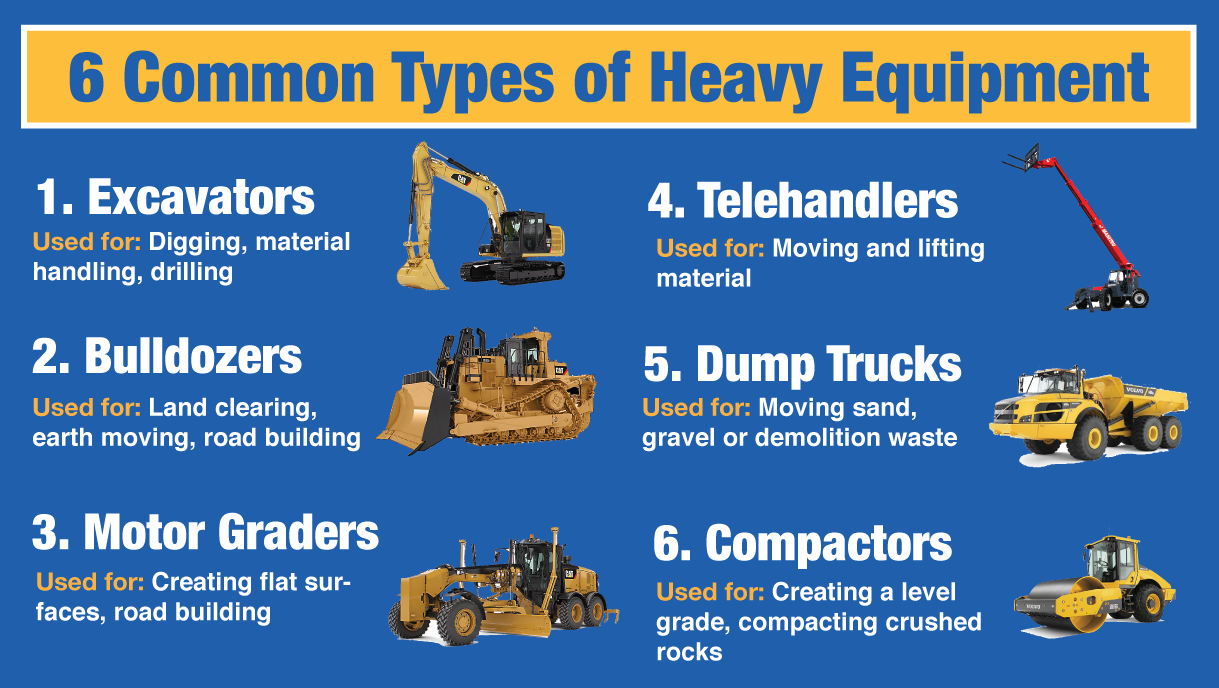Find the Best Rental Company Near Me for Equipment
Wiki Article
Leasing Vs. Buying Construction Tools: Making the Right Choice for Your Project
When getting started on a building job, one of the crucial choices that project stakeholders and managers deal with is whether to buy or rent out building tools. The decision pivots on numerous factors such as price considerations, project period, devices maintenance, adaptability, threat, and scalability monitoring.Cost Considerations
When reviewing the economic facet of renting versus acquiring building and construction devices, the ahead of time costs and long-lasting expenditures should be thoroughly considered. Renting out equipment usually calls for reduced preliminary repayments compared to purchasing, making it an attractive option for temporary projects or professionals with budget restrictions. Renting gets rid of the requirement for big resources outlays and decreases the financial risk connected with devices ownership, such as upkeep and depreciation expenses. Nevertheless, in the long run, continually renting devices can build up higher costs than purchasing, especially for extended projects.On the various other hand, acquiring building devices includes higher upfront costs but can cause long-lasting savings, especially for lasting projects or regular users. Having devices offers flexibility, benefit, and the capacity for resale value once the project is completed. Furthermore, having devices permits modification and familiarity with specific equipment, potentially raising effectiveness and performance on-site. Ultimately, the choice in between getting and leasing construction equipment rests on the task's period, frequency of usage, budget plan considerations, and long-lasting financial objectives.
Project Period

Conversely, for lasting tasks or recurring building and construction job, acquiring devices could be the more economical option. Acquiring devices can result in set you back savings in the lengthy run, especially if the tools will be often used. Moreover, owning equipment supplies a feeling of control over its accessibility and allows for customization to fit details project needs.

Devices Maintenance
Given the important duty task duration plays in figuring out the most cost-efficient approach in between renting and purchasing building devices, the emphasis now shifts towards checking out the crucial facet of equipment maintenance. On the various other hand, owning devices requires a proactive strategy to maintenance to avoid breakdowns, guarantee security, and expand the equipment's lifespan. Inevitably, a properly maintained building and construction equipment fleet, whether rented out or owned, is vital for the efficient and effective conclusion of building and construction jobs.Adaptability and Scalability
In the world of building devices monitoring, the element of flexibility and scalability holds see it here substantial importance for task effectiveness and source usage. Opting to lease construction equipment gives a high degree of versatility as it enables for the fast change of devices types and quantities based on the developing requirements of a task. Renting allows professionals to access a vast array of specific devices that may be needed for particular tasks without the lasting commitment of ownership. This versatility is specifically advantageous for jobs with varying needs or unpredictable durations (equipment rental company).Moreover, scalability, another critical factor, is inherently linked to adaptability. Leasing building devices supplies the advantage of easily scaling procedures up or down as job demands fluctuate. Specialists can swiftly include or trade tools to match the job's changing demands without the restraints of owning properties that may come to be underutilized or out-of-date. This ability to range sources successfully can result in expense savings and improved task timelines, making renting out a beneficial alternative for tasks needing flexibility and responsive resource allotment.
Danger Monitoring
Efficient threat administration in building and construction devices operations is paramount to making certain project success and mitigating potential financial losses. Building jobs inherently include different dangers, such as equipment failures, crashes, and project hold-ups, which can considerably affect the job timeline and budget plan. By thoroughly considering the risks related to owning or renting out building and construction equipment, task supervisors can make informed choices to reduce these possible hazards.Renting construction tools can use a level of risk mitigation by transferring the responsibility of upkeep and repair work to the rental company. This can reduce the economic worry on the job proprietor in instance of unforeseen equipment failings (scissor lift rental). Furthermore, renting offers the flexibility to accessibility specialized equipment for certain project stages, decreasing the danger of possessing underutilized equipment
On the other hand, possessing building and construction tools offers a feeling of control over its usage and upkeep. Nevertheless, this also suggests bearing the complete duty for repairs, maintenance expenses, and devaluation, enhancing the monetary threats associated click to investigate with tools ownership. Cautious danger assessment and consideration of aspects such as task period, equipment usage, and upkeep requirements are crucial in establishing Homepage one of the most suitable option for effective risk administration in construction projects.
Conclusion
To conclude, when making a decision in between leasing and acquiring construction devices, it is very important to consider cost, project duration, equipment maintenance, adaptability, threat, and scalability management. Each factor plays an essential role in identifying one of the most suitable alternative for the task available. By carefully examining these facets, job managers can make an informed choice that aligns with their spending plan, timeline, and overall job objectives.
Report this wiki page